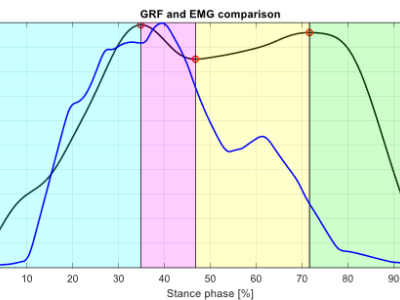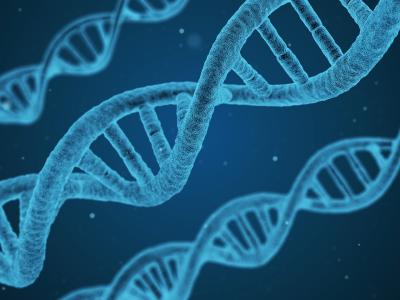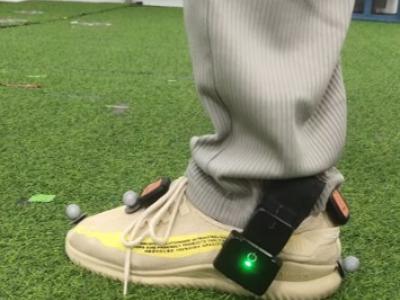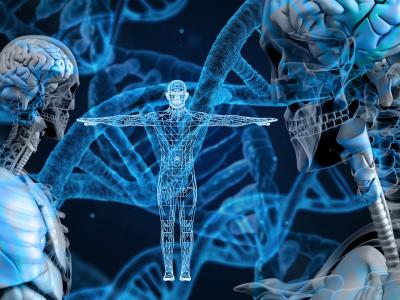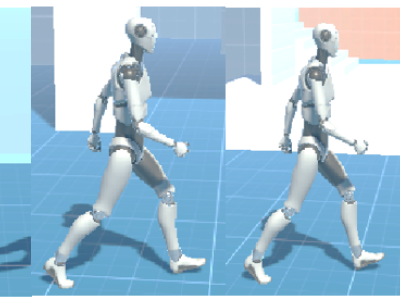
The Metaverse Gait Authentication Dataset (MGAD) is a large-scale gait dataset designed for biometric authentication in virtual environments. It contains gait data from 5,000 simulated users, generated in Unity 3D and processed using OpenPose and MediaPipe to extract 16 key features, including stride length, step frequency, joint angles, ground reaction forces, and gait symmetry index.
- Categories:
